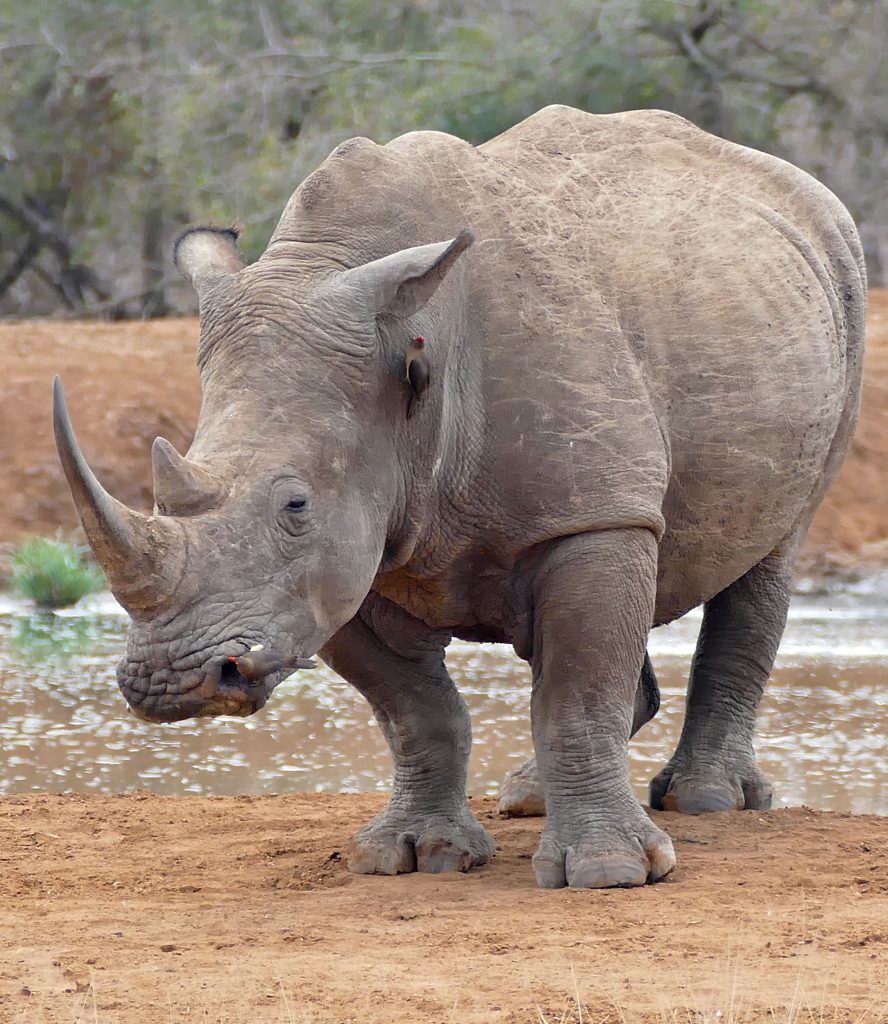
The car industry has done a great job over the last roughly 30 years, of confusing people. It was once the case, that there were 2 different states – the first cars were electric (so suggesting that modern electric cars are a new technology is ridiculous) and then we developed internal combustion engine vehicles. This meant that there were 2 different types of propulsion 1. fossil fuels (petrol, diesel) or 2. electric cars, charged from the mains.
Toyota developed the Prius back in 1997. At the time, a huge step forwards – it only had a battery of 1.3kwh, but this was enough to store energy recovered from braking and release it back, when the car was able to start moving again. This was the first mild hybrid as it is now called.
Continue reading “Motoring body saying “UK needs to ban full hybrid cars by 2030 or face net zero ‘catastrophe’ (only cars that can drive on pure electricity)”


















